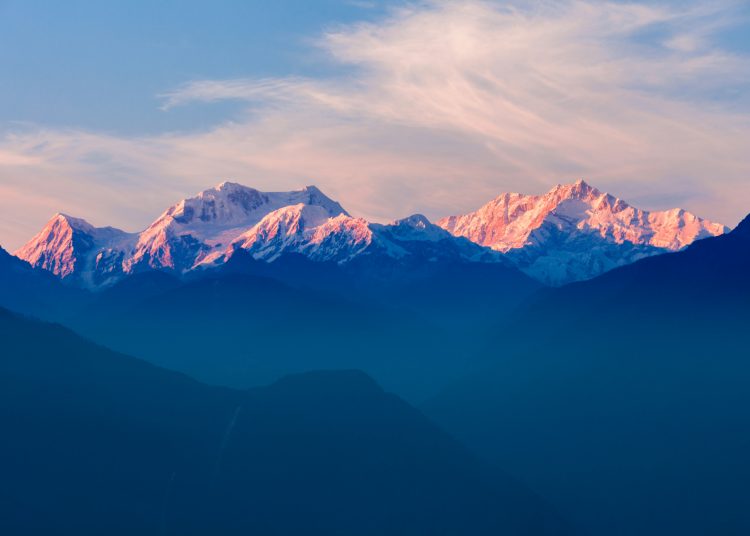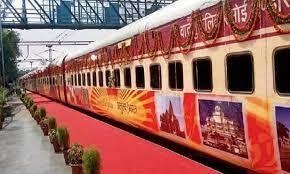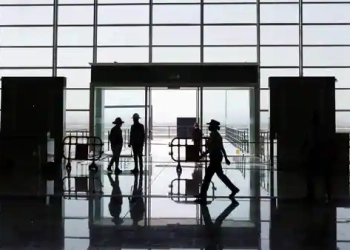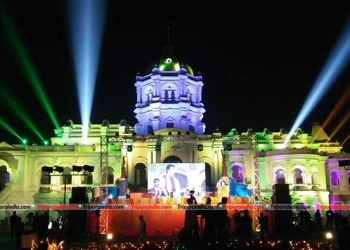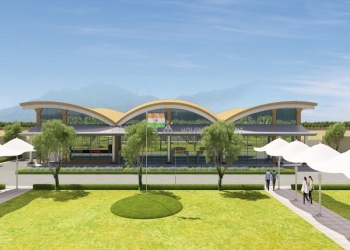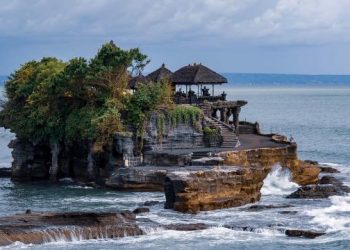Sikkim – a place with enchanting beauty with its own unique culture, people, festivals acts as the doorway to the Northeastern states of India.
Sikkim is home to hundreds of tribes and races of people living together in perfect harmony. It is a land filled with mountains, rivers, lakes, waterfalls, forests, glaciers, and more. Sikkim is also home to India’s highest mountain – the Kanchenjunga that stands at 8,586m in height. On the geographical landscape, Sikkim is a very peculiar state because it is bordered by Bhutan, Nepal, and Tibet from three sides and is the gateway to the Northeastern states of India.
Since three different countries surround it, it is visible in the entire culture of Sikkim. It wouldn’t be wrong to say that the Sikkim culture is the amalgamation of its surrounding countries and India. This puts it in an extraordinary place. People of all caste, creed, nationality, and culture live here, making Sikkim a mixed culture state. Visit the glacial state, and the rich Sikkim culture will welcome you. Being home to more than one culture, there are many things and facts about Sikkim that many people don’t know. So, here we are uncovering the top 10 Sikkim Cultural facts that will make you fall in love with this mountainous state more.
The top 10 Sikkim Cultural Facts
1. Sikkim culture is home to many tribes
Earlier, three tribes occupied Sikkim –the Naong, the Mon, and the Chang. But with time, tribes, clans, and communities from the neighboring countries of Nepal, Bhutan and Tibet settled down in Sikkim in harmony. From Tibet came the Lepchas – the clan of Nagas, while from Nepal came the Nepalese –the descendants of Hindus, and from Bhutan came the Bhutias – the descendants of Buddhists. Today, Sikkim is home to Nepalese, Lepchas, Bhutias, Limbus, Rai, Chhetri, Magar, Gurung, Sherpa, and many more tribes and communities.
2. The Saga Dawa Festival
The Saga Dawa is considered the Godliest of all festivals. This festival celebrates Lord Buddha’s birth and is one of the most popular and biggest Sikkim festivals. The Saga Dawa is celebrated by the Mahayana Buddhists and its followers. In this festival, the people go to the Buddhist monasteries, burn butter lamps and pray to their God. Then the procession is continued by the monks who go around the town chanting their holy scripture. The Saga Dawa is held on the 4th month of the Buddhist calendar on a full moon, making it an auspicious festival.
3. Nature and Mother Earth are worshipped in Sikkim Culture
Nature and Sikkim culture go hand in hand because the Sikkimese are nature-loving people. They worship nature, the mountains, the rivers, and Mother Earth. It is said that the spirit of Sikkim is its natural beauty, its rivers, its forests, and its mountains. In Sikkim culture, nature is considered Godly. There are many festivals that celebrate one or the other aspect of nature throughout the year. For example, there is the Losoong festival in which the farmers celebrate the harvest. Then there is the Yuma-Sam-Manghim festival celebrated by the Nepalese (Limbu community) celebrating Mother Earth. The Tendong-Iho-Rum-Fat festival is celebrated by the Lepcha community celebrating the holy Tendong Hill.
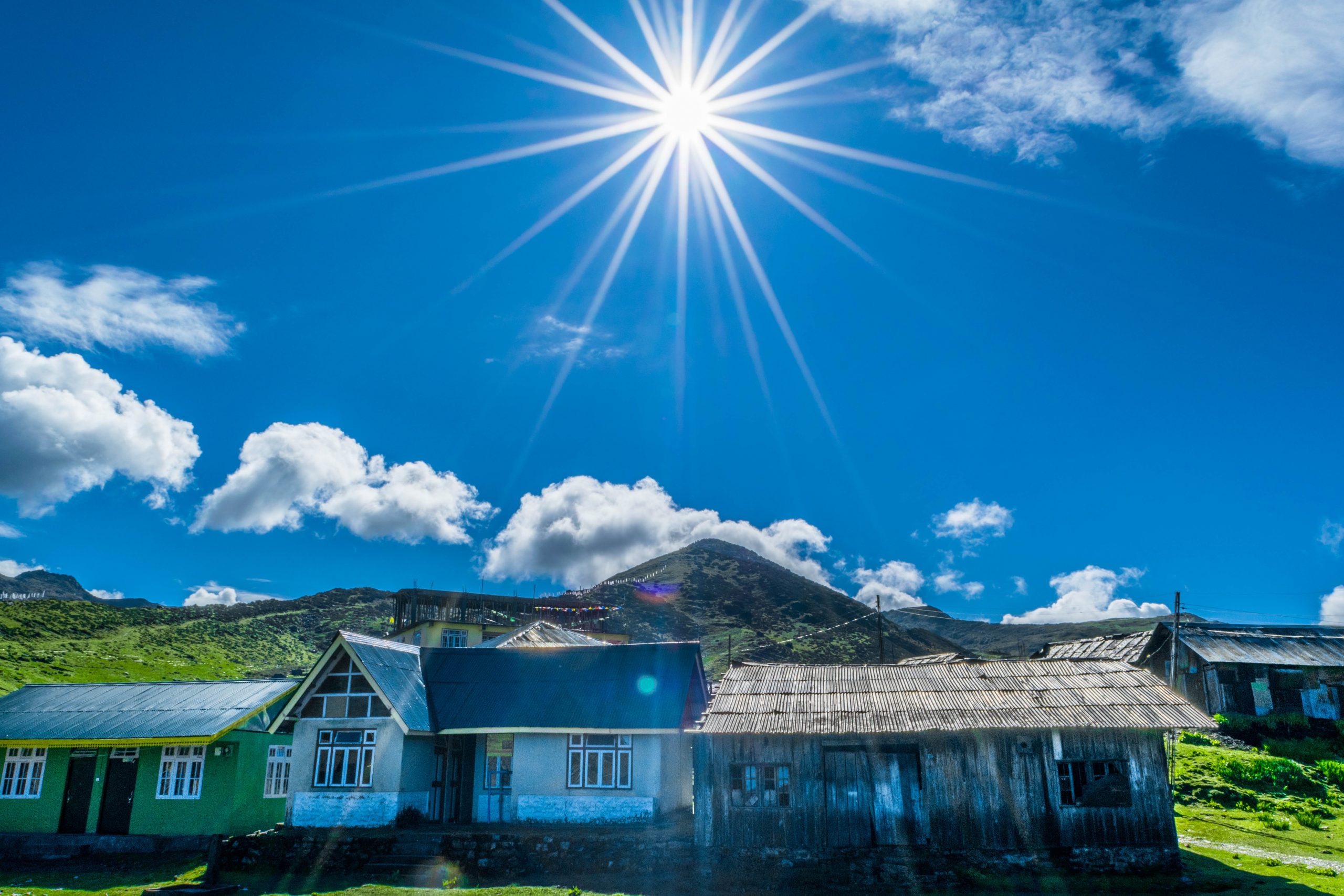
4. The PhangLabsol Festival
The PhangLabsol is the festival of gratitude for Mount Kanchenjunga. Standing at an elevation of 8,586m, the Kanchenjunga is the third highest mountain in the world and the highest mountain in India. It stands in Sikkim and is celebrated every year for its unifying powers and as a guardian deity. This festival has a special place in the Sikkim culture because the Sikkimese believe that the mountain God played an important role in introducing Buddhism in the state. Therefore, people from all across the state gather to offer their gratitude to the mountain God. It is celebrated in Rabong in South Sikkim and is one of the significant festivals for the Sikkimese.
5. The Lasoong Festival
The Losoong Festival is another important festival for the Sikkim culture because it marks the beginning of a New Year for the Sikkimese. Like several other cultures, Sikkim too has its own time and way of celebrating the New Year, and they do it in the form of the Losoong Festival. In Sikkim culture, festivals play an important part because it gives the people a break from their work, they come together and celebrate it joyously. The Losoong festival also marks the end of the harvesting season, giving the farmers excitement and joy to harvest the fruits of their labor. Since Sikkim is a state where farming is one of the people’s major occupations, the Losoong festival acts as a much-needed break for the farmers.
6. Buddhism – The real religion of Sikkim
With 57.75%, Hinduism is the most prominent religion of the state. It is followed by Vajrayana Buddhism with 28.1%, Christianity with around 10%, and the rest coming in the remaining 4.15%. Although Hinduism dominates the religion base in Sikkim, some might say that the nature-loving state’s real religion is Buddhism. Because there are signs of Buddhism everywhere, the Buddhists, monasteries, monks, paintings, inscriptions, festivals, and more are spread across the state. The culture of Sikkim is a diverse one, but it is also famous because of its Buddhist heritage, which attracts tourists from all over the country.
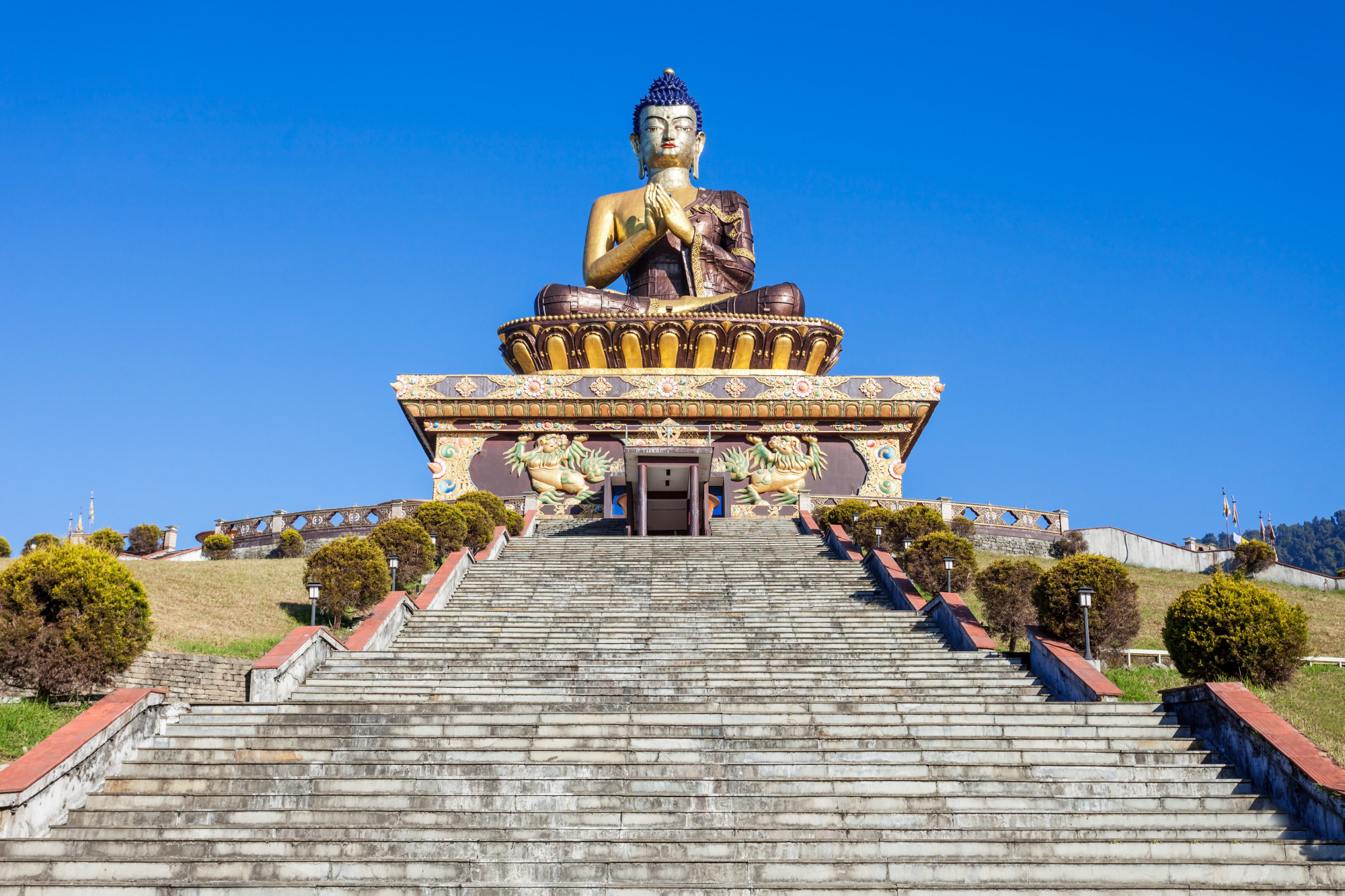
7. Nepali holds a special place in the Sikkim Culture
Not just Nepali as a language but the people as well. 61% of the entire population of Sikkim are Nepalis. There are around 11 different languages spoken in Sikkim, but Nepali is the primary language of the mountainous state. Many castes and tribes of people in Sikkim belong to the Nepali ethnicity, and a majority of them speak Nepali as their mother tongue. The culture of Sikkim has many things that they have borrowed from their Nepali brethren.
8. Archery plays a significant role for the people of Sikkim
Archery is a popular sport in Sikkim, and Sikkimese traditionally play it after the harvest. A majority of Sikkimese are farmers. Throughout the year, they are busy working on their fields, tilling the land, harvesting crops, and seeding new plants. But after harvesting the crops, there is a time of inactivity for the farmers. They have to wait for the next season to plant the new seeds. During inactivity, they come together to play the enchanting sport of archery, which one can find in the history and culture of Sikkim. The sport has been given a recent revival in the modern era to rejuvenate the people and the Sikkim culture.
9. Colors are an essential part of their attire in Sikkim Culture
Colors play an essential part in Sikkim’s culture. Like every other Indian state, Sikkim has its own traditional dress and costumes for men and women. But since Sikkim is home to three major tribes and communities and various religions, their outfits and dresses vary. But there is one thing common among the Sikkimese, and it is a vital part of the Sikkim culture – colors. You are bound to see their colorful traditional dresses, attires, and costumes when you visit any part of the beautiful northeastern state during any festival or major occasion.
Be it the Lepcha community, the Nepalese community, or the Bhutia community, they all like to dress in their traditional dresses. Men’s attires usually consist of comfortable pajamas, waistcoats, robes, belts, shirts, and caps. The women dress in smooth and colorful dresses, blouses, necklaces, bracelets and other ornaments. All the communities of Sikkim can be clearly differentiated by their attire.
10. Sikkimese are very skilled in Art and Craft
The culture of Sikkim is already beautiful, but its abundance of art and craft forms makes it even more so. Visit the state, and you will see handmade items, toys, painted walls, paintings, utility objects, woolen carpet, canvas wall hangings, and various other art and craft items. The Sikkim culture is famous not just for its festivals and food but its art and craft as well. A majority of Sikkimese belong to the rural areas. They have retained the old tradition of making various utility objects and handmade items. The women there are excellent weavers. Their handmade carpets, paper, handloom products, and other craftwork are always in demand across India.
Although Sikkim is slightly cut-off from the mainland and is not a part of the Seven Sister States of Northeast India, its culture, tradition, and people make it a beautiful and unique place. The Sikkim culture, its people, its river and mountains, its festivals and communities truly make it a state and a place that the entirety of India can be proud of. The people and the culture of Sikkim are welcoming to guests and tourists. This makes it is one of the most sought out tourist places in the country. So, put it next on your travel wish-list and enjoy its diversity and beauty.

